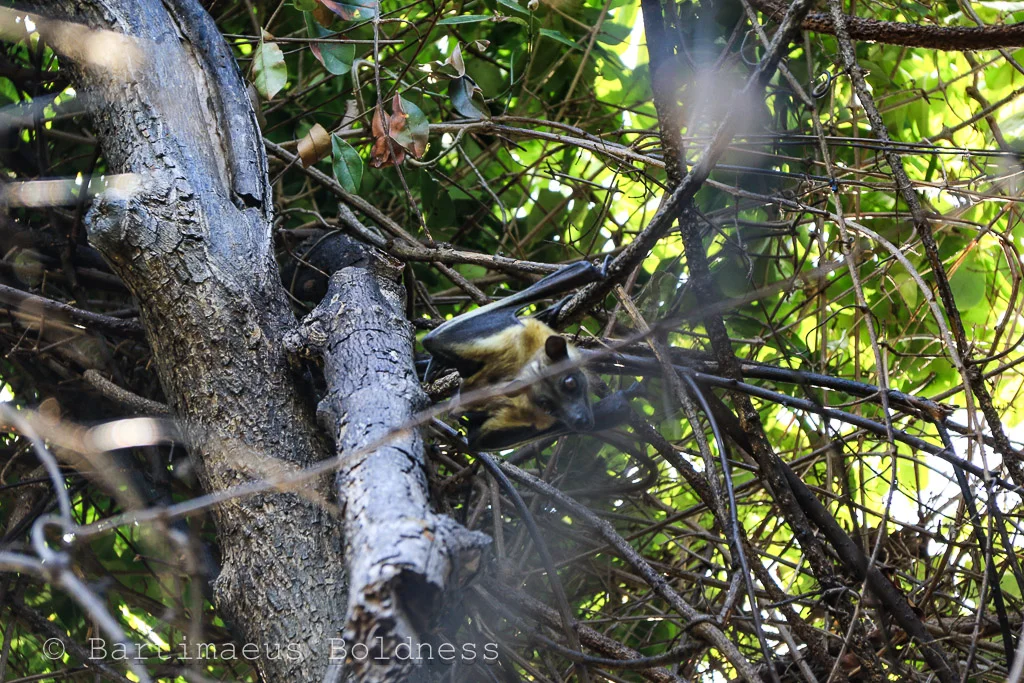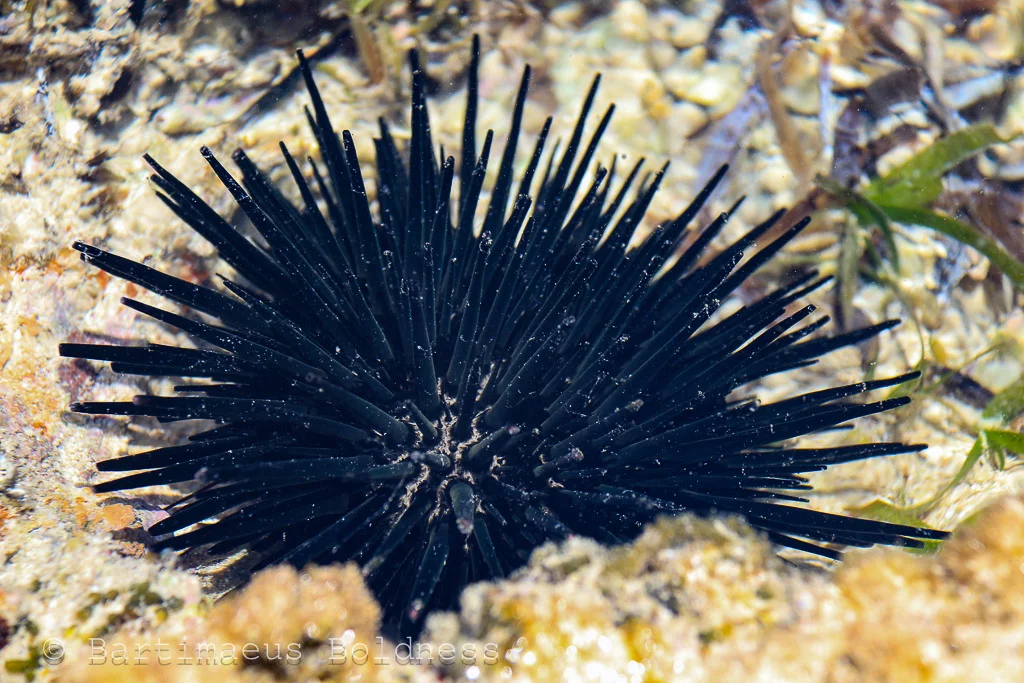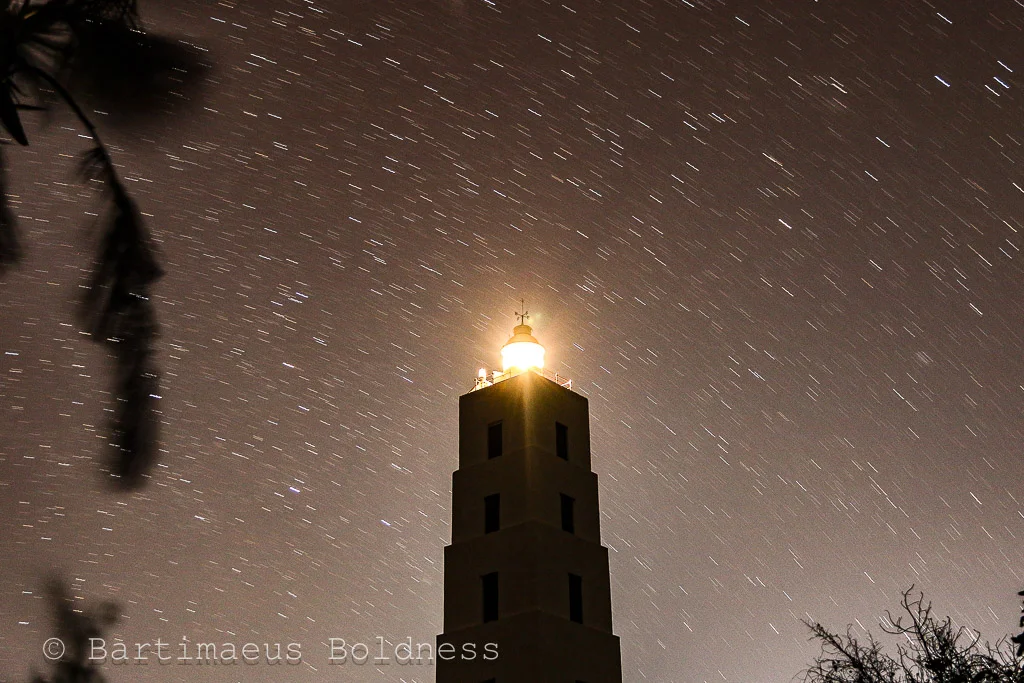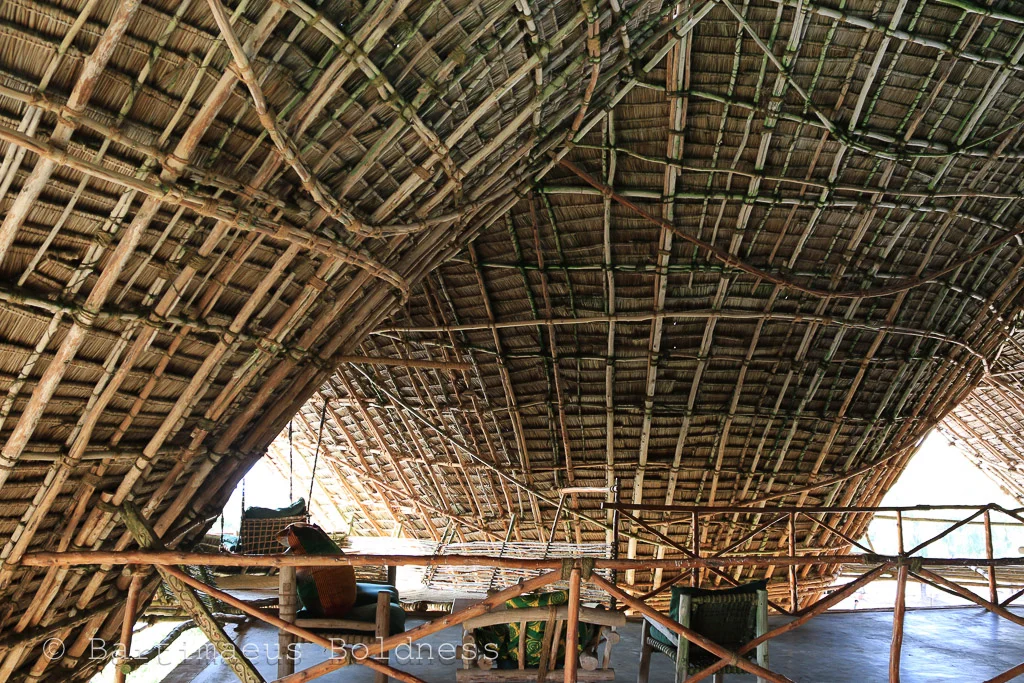Your Robinson Crusoe Getaway
Heralded as one of the last pristine, coral islands in the region, Chumbe Island Coral Park is home to a coral reef sanctuary, forest reserve, eco lodge and environmental education and research center. The reserve is all about sustainable management and is run with a zero-impact on the environment approach. One of my favorite things about the island is that they offer free environmental education programs for children, teachers, fishers, community groups and government officials in which they sponsor field trips to the island. If you are an eco conscious traveler looking for a good place to drop your money, I would recommend staying at Chumbe versus staying at an all expense paid resort on Zanzibar. This place gets my vote!
*One small disclaimer. If you are traveling alone, as I was, there is an extra 'single person' charge, which really aggravated me! I think I might have talked them down a bit however.... so there is some room for negotiation :)
View from the Lighthouse.
Only 14 guests are allowed to stay on the island at any given time, as the area is a protected site. Thus, you are paying for your isolation and it is glorious. The food and the lodging are not too shabby either. Plus, most of your money goes towards conservation of the coral reefs, of the nature reserve and for the research and education program. There are 7 eco bungalows, all solar-fueled and equipped with composting toilets, rain fed showers and lofted beds, which overlook the Indian Ocean and open up to the expansive night sky.
The bedrock of the island is composed of fossilized coral, which is unable to store rainwater. The result is a ‘coral rag’ forest, essentially, a tropical dry forest, where all of the plant life thrive and flourish with zero soil. Think an epiphytic versus parasitic relationship. The island is home to an incredible group of fruit bats that make their way over to Zanzibar every night in search of food, and then return to the island to sleep. Ever since researching fruit bats and making a life size bat-mobile (the kind that hang, not the one that Batman drove) back in elementary school, I have always wanted to see these amazing creatures in their natural habitat. I know that bats get a bad rap (Rabies, Histoplasmosis....) but these mammals are quite remarkable. During a guided nature walk, I had the opportunity to sit underneath these bats before we scared them away about 10 minutes later. I tried to return to the same spot the following day and couldn’t find them anywhere. Either they had relocated, or my not so stellar sense of direction led me astray, which would not be surprising.
There is also quite an impressive endemic crab population. Most of the crabs are nocturnal---especially the Coconut Crabs. These things are insane! They literally look as if they belong on Jules Verne’s Mysterious Island. They are slightly terrifying, not only because they come out at night but also because they remind me a bit of giant, killer spiders. They are the largest living crabs in the world and are sadly on the endangered species list as they are illegally killed for their meat. Roughly 300 coconut crabs exist on Chumbe Island however, making it a destination for international researchers and students.
The illustrious Coconut Crab.
There is also the historic lighthouse, built in 1904 by the Sultan of Zanzibar. If you have vertigo or fear of heights, this would not be your thing. The combination of the wind blasts and swaying sensation felt instantly upon finishing your treacherous 132 step stair climb to the top, makes this… well, exhilarating. The view of the seas between Zanzibar and Mainland Tanzania cannot be matched. Truth be told, I probably climbed these steps 4 times, twice in the dark as the sunrises and sunsets from this vantage point are not to be missed!
The only guests on the island that night were myself and a family from Germany---who were very German (apologies ahead for any Germans reading this). The staff had carefully arranged two separate tables on the beach for dinner, with lanterns planted in the sand to illuminate our path. The German family invited me to join them for dinner, which I was quite thankful for as it admittedly felt a bit awkward and lonely sitting all alone at this big table with all of them at their own table next to me. Over a course of fresh barracuda and several beers later, I learned that they have come to the island more than 20 times, over the course of 14 years and each time, they stay for over a week! $$$. They are basically a Chumbe island fixture and have pretty much made it their aim to single handedly capture and categorize all of the coral, crab and underwater species. They are Chumbe Island’s nature photographers and have published 4+ books for the island and its school. After dinner, they invited me to go with them on a beach night walk with LED flashlights. The hotel staff later told me that I was the only person they had ever invited to join them! Around 10pm, the tide is out quite far, thus it is possible to walk a considerable distance out into the sandbar. With our LED lamps, we were able to capture the phosphorescence of the algae and marine life—the shrimp, anemones and moray eels were particularly incredible; white during the day, then bright fluorescent greens, purples and pinks during the night.
My memories of Chumbe are the substance that dreams are made of; magical, exotic and also a place of great peace and rest.
Jambo! Happy Adventuring!




















































